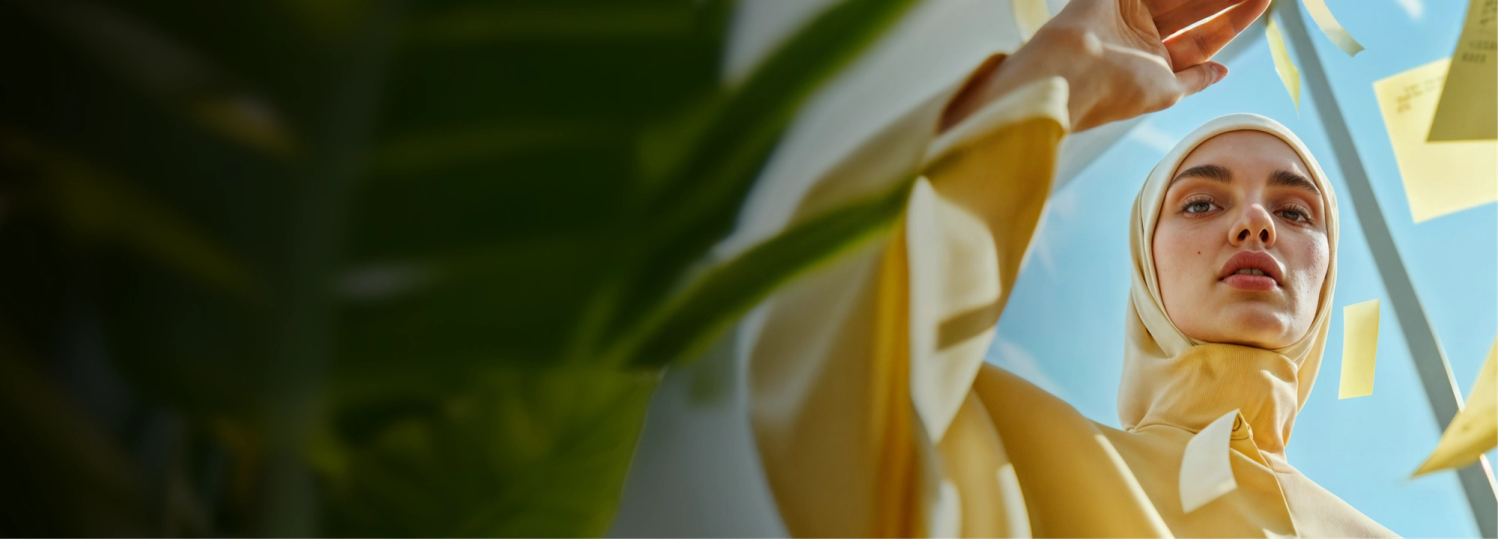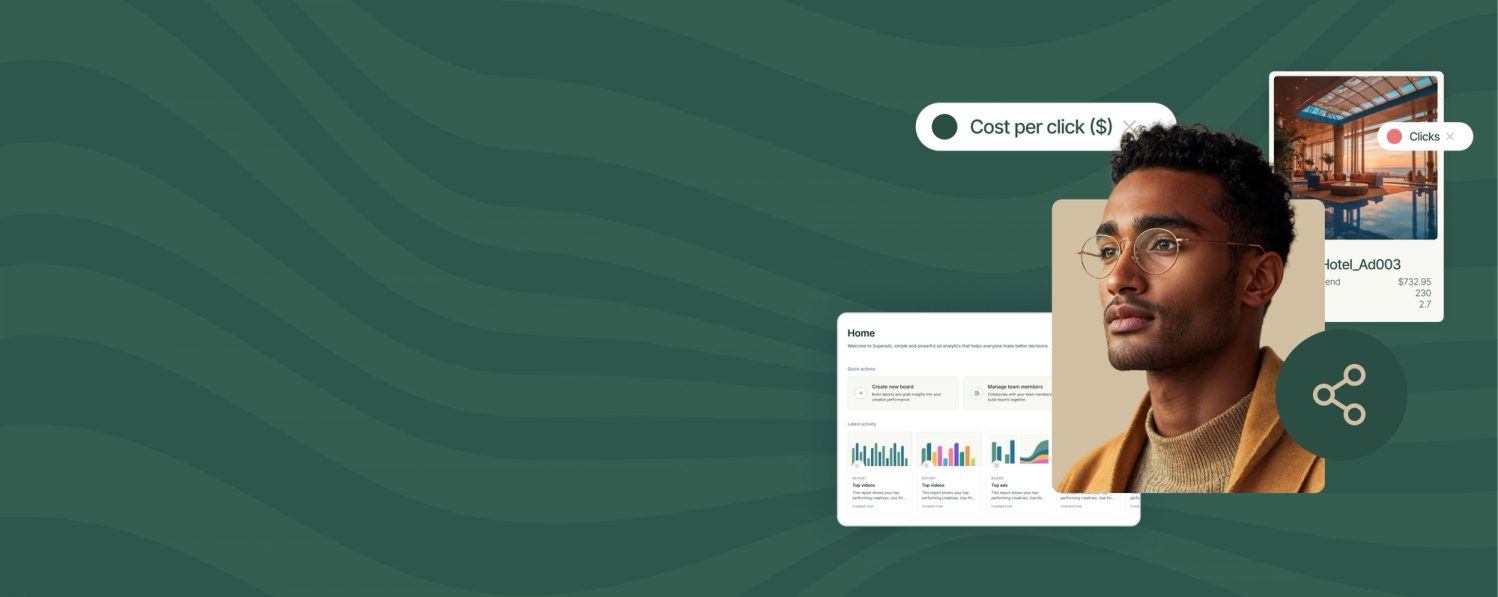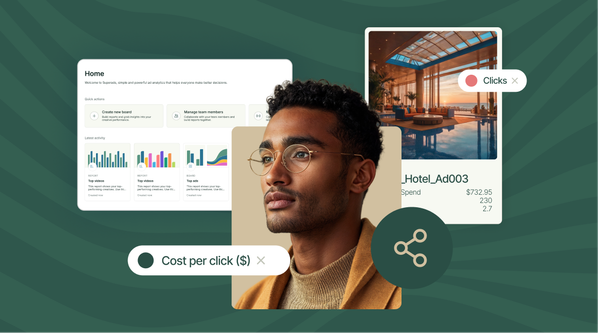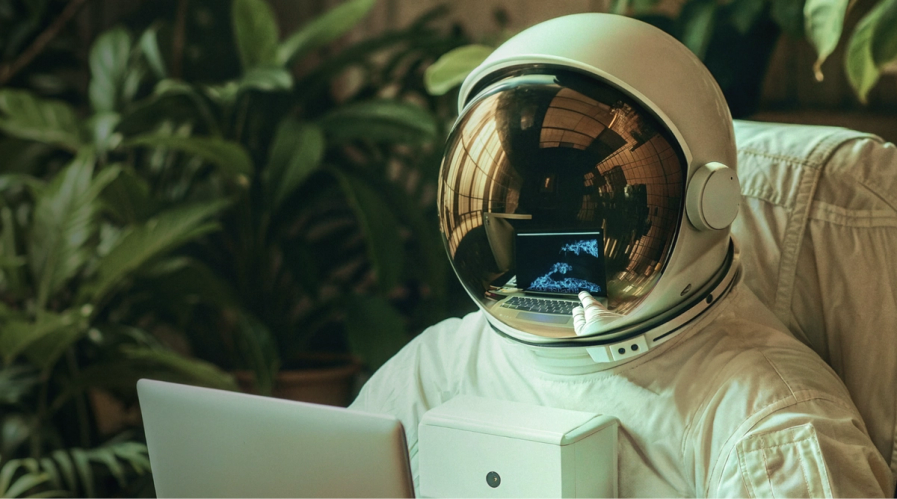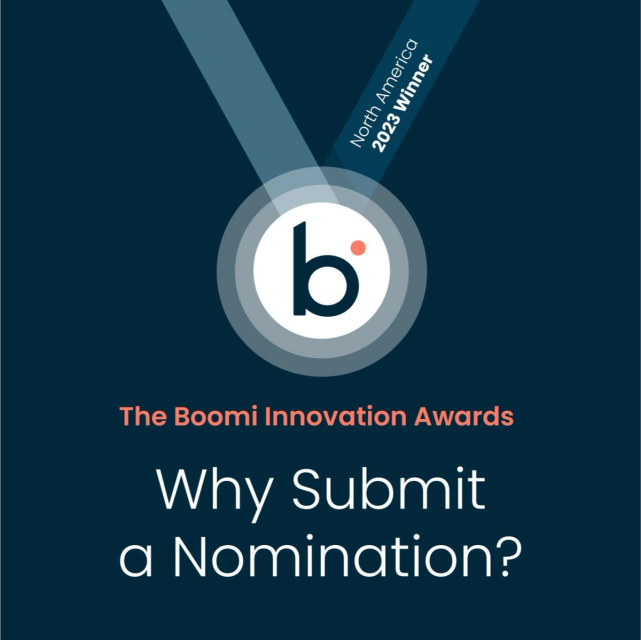Driving Creative at Scale for Brands (Services & Tips)
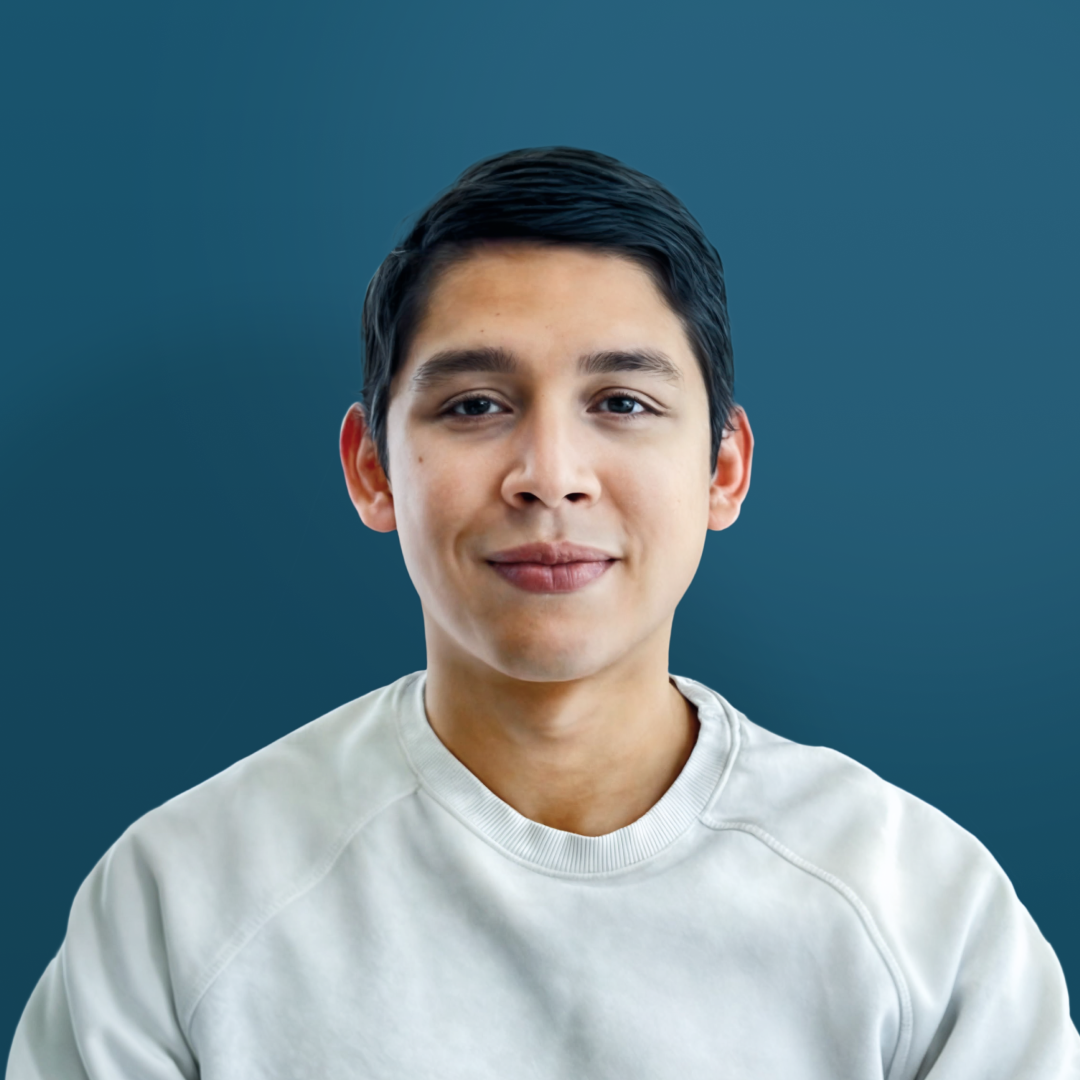

Today’s major brands must carefully balance market relevance, sustainable growth and effective marketing in various countries and regions. However, successfully managing ad campaigns and creative work on a large scale has its pinch points. We weigh in on the solutions.
As big brands compete for fleeting attention, it becomes more important for marketing teams to produce creative and content at scale. Strong, reactive campaigns, spread across various channels, help brands connect with different audiences and drive engagement that leads to sales.
A regular supply of fresh, high-quality creative content in various ad formats can help raise your brand’s profile and make it stand on different media. On the other hand, using stale or lackluster ads can quickly lead to ad fatigue, causing the brand to lose appeal and fall behind.
Today’s top marketing teams know how to scale content to give their creative ideas wings while maintaining brand consistency. Are you working with the right team?
This article takes a deep dive into the process of creative scaling. We explore strategies and services that help big brands produce a large amount of high-quality content, along with best practices for managing creative workflows and scaling production. Stay tuned.
What Does Creative at Scale Mean for Big Brands?
As demand for branded content and cross-regional, multi-market marketing grows, many companies find their in-house production teams aren’t set up to meet this need.
This is where creative scaling comes in. Creative at scale means a brand can consistently produce high-quality creative content across different platforms and regions to meet demand.
Scalability helps brands reach different audiences across channels and in various markets. It allows them to stay agile in delivery, speed up their time to market, and grow brand recognition—factors that can all make or break a business.
Consistent branding is also essential for businesses aiming to achieve their broader strategic goals and scale effectively. It helps distinguish a company from its competitors and is crucial in shaping perception and reputation.
But delivering standout, on-brand creative assets is just one piece of building a successful global brand. Creative data and data-driven insights are also essential for scaling effectively.
To ensure creative content delivers results on a large scale, today’s brands need reliable ways to evaluate their ads. This is where good data—and savvy analyses—come in. In fact, as we move into 2025, leveraging data has become crucial to the creative process.
Get the balance right (a process called “creative performance”), and benefit from a steady supply of quality creative that connects with audiences, enhances brand perception and loyalty, and ultimately drives business growth.
Best Practices for Managing Creative at Scale
To successfully scale design for your brand, follow these best practices for creative excellence across multiple channels.
1. Build a culture of collaboration and agility
Creatives, marketers and product specialists must collaborate to create a memorable customer experience across various touch points along the customer journey. Teamwork keeps the customer in focus and helps align business goals.
Today’s customers expect content and ads (as well as products and services) that meet their needs. And, when they feel genuinely understood, it fosters loyalty. But branded content and ads that delight customers don’t just occur—they must be designed. A culture focused on design strategy creates the foundation for this.
When a company includes design strategy in its culture, design becomes a guiding principle influencing day-to-day operations across all departments.
2. Prioritize brand consistency
Creative scaling is pointless if it harms your brand’s integrity. Using the wrong font, off-brand colors or questionable logo designs can undermine your brand’s credibility and ruin your efforts to scale effectively.
McDonald’s is an excellent example of a company that has successfully scaled while maintaining its credibility. It has clear brand guidelines for all markets to follow and uses a strategy called “glocalization,” adapting its global campaigns to fit local needs.
(PS: At Superside, we’re so passionate about this topic that we created a song about it. 😄 Listen to “Brand Inconsistency Breakdown” on Spotify, and let us know what you think!)
3. Regularly review and optimize processes
Unnecessary steps and tedious creative processes can hinder a creative team's efficiency, especially when scaling. It's essential to regularly evaluate workflows to pinpoint bottlenecks and enhance production speed without sacrificing the quality of creative assets.
Using AI as something that's really surprising and fun has allowed for individual creatives to adopt it and scale with it.

At Superside, for example, we tap into artificial intelligence to help speed things up. Our AI-powered creative workflows help our design teams save time on manual tasks, enabling them to focus on strategy and exploration and producing knockout designs.
4. Align creative output with business goals
If driving brand awareness is essential for business growth, marketers, product managers and creatives must align to prioritize this broad objective. This is one example of how creative output must align with business goals.
Once a collaborative process is in place, generative AI can help the team to handle the volume of creative work. When used smartly, AI can save time and reduce costs while providing personalized experiences for audiences and opening up endless possibilities for creative concepts.
Don’t quite believe us? These 10 creative examples illustrate how AI is used in advertising by major global brands, including well-known names like Heinz and Nike. And if you are looking for a way to measure the effectiveness of your design, sign up for Superads for free.
5. Use data to drive creative performance
Using data to improve a brand’s creative performance is a key component of successful marketing in the digital age. However, many businesses find it challenging to quickly turn insights into creative content that engages audiences across channels and regions.
Many of our customers face similar issues and use Superside’s creative services to help their in-house teams unlock their creative capacity at scale. This service could be the solution for your business, too.
Case Studies: Big Brands Achieving Creative at Scale
Many brands have nailed the process of achieving creative excellence at scale. These success stories tell us more about the tactics they’ve employed.
1. How Boomi increased creative output at scale
Boomi is a software company specializing in integration-platform-as-a-service (iPaaS), API management, master data management and data preparation.
After a rebrand, the company used Superside’s expert AI services to increase its creative output. We produced over 75 image options to update Boomi’s lead generation ad creatives in a competitive tech market.
Using Superside’s help and tools like Adobe Firefly and Midjourney, the brand could confidently explore several possibilities, ultimately benefiting from a set of creative elements that had a significant impact.
2. How Satair achieved brand consistency at scale
Satair, a global aircraft components and services company, teamed up with Superside to eliminate branding inconsistencies.
As an extension of their in-house marketing team, Superside helped handle design requests, using creativity and consistency to produce high-quality assets that remained 100% on-brand.
Satair only has good things to say about the team: “My direct Superside project manager does a lot of the heavy lifting and quality control,” says Marketing Project Manager Hardeep Kaur. “I never have to worry about designs not being done on time or to our standards.”
3. Shopify’s ad creative at scale
Today’s top brands know testing and improving ads is essential for successful creative scaling. Shopify, a leading eCommerce platform, used Superside’s design services for this exact purpose.
When Shopify’s growth team needed creative assets in various sizes and ad formats for different channels for their “Growth Workshop,” Superside supported their in-house design team. By working collaboratively, we helped them to speed up production and ad creation, exceeding their expectations.
4. Kins creative performance at scale
As a newcomer in the healthcare sector, physical therapy provider Kins faced challenges in building its brand and establishing a certain level of credibility. Kins worked with the Superside team to develop and test ad creatives on social media.
The partnership helped Kins’s marketing team unlock creative performance and rapidly produce ad creative at scale. This helped establish a foundation for data-driven insights, leading to a cutting-edge homepage reflecting the brand’s innovative spirit.
5. Coca-Cola’s global campaigns
Coca-Cola’s creative production system is built around a strong brand strategy that guides all creative efforts. It uses a worldwide network of agencies and in-house creative teams—managed by a central marketing hub—to adapt creative for different markets.
The brand uses generative AI to scale its global marketing. For example, it uses AI to ensure that the assets pulled from its visual library are brand-compliant. Once images have passed this test, teams can quickly produce creative to deliver across platforms worldwide.
The company also follows a “Freedom within a Framework” principle to ensure consistency while allowing for local flavor. This empowers local teams to develop content specific to their markets while aligning with global campaign themes. The result is advertising and content that’s culturally relevant yet globally recognizable.
6. Amazon’s agile creative teams
Amazon uses an agile creative framework to produce digital ads and content at scale. This approach relies on skilled teams that work together across different functions.
These teams are flexible and quick to respond, enabling Amazon to meet the needs of its large marketplace and varied customers. They work in short cycles to quickly develop and improve ads and product descriptions, ensuring fresh and relevant content. They can also access real-time performance metrics to quickly identify what works and what doesn’t, helping them continually improve the brand’s creative assets.
Additionally, Amazon uses advanced content management systems and creative automation tools to handle its significant content needs. These tools improve teamwork and enable quick sharing across channels.
The global giant also taps into AI for content creation to enhance efficiency and increase output.
7. Red Bull’s social media dominance
Red Bull has created an impressive content engine that produces standout creative for social media. The company's in-house creative team, Red Bull Media House, churns out a range of content, including extreme sports videos, social media posts and lifestyle articles.
The company uses a distributed content creation model to scale globally. As a result, teams across the globe can quickly capture and produce visual content as needed. This global setup helps the energy drink brand connect with local trends and events while maintaining a consistent brand identity.
Red Bull also excels at using user-generated content, encouraging its community to share their own Red Bull-fueled experiences. This increases engagement and provides a steady stream of relatable content for the brand.
5 Top Services for Scaling Creative at Big Brands
Closely following companies that have successfully scaled their creative, this curated list of partners can help your enterprise achieve similar budding success.
1. Superside
Services offered:
● Campaign conceptualization
● Digital ads and social media
● Static web and social assets
● Generative AI
● AI strategy
Based in: Globally distributed across the Americas, Europe, Africa and Asia
Superside is a full-service creative partner that provides scalable creative solutions for big brands. We’re not restricted by borders, so our creatives work 24/7 to bring our customers the designs they need when they need them.
Leading companies like Amazon, Google and Shopify rely on our dedicated design teams and AI-powered workflows to deliver compelling content that builds trust at scale.
Our production capabilities are designed to deliver creative content quickly and can be rapidly expanded, helping our customers reach new and diverse audiences without breaking a sweat. 😅
Pricing: Subscription packages start at $6,000 monthly.
Great for: Top-quality creative at scale, ensuring big brands meet their content creation needs without compromising quality or speed.
2. GroupM Creative Services (WPP)
(Source: GroupM)
Services offered:
● Activations
● Data science
● Content creation
● Training and development
● Media planning
Based in: New York City, New York, United States
GroupM is the world’s largest media investment company. Its mission? To liberate marketers from routine daily tasks, enabling them to shift their focus to strategy and creative decision-making.
The company built the bespoke Amazon Marketing Cloud-based analytics solution. This cloud-based service gives vendors a single view across business units and amalgamates each brand’s data sets to enable global strategy development.
Pricing: Upon request.
Great for: Major brands prioritizing in-depth data analysis as part of their creative scaling process.
3. LePub (Publicis Groupe)
(Source: LePub)
Services offered:
● Activations
● Promotions and events
● Public relations
Based in: Globally distributed across the Americas, Europe, Africa and Asia
LePub is a leader in combining creative expertise with real-time consumer data. Part of the renowned global agency network Publicis Groupe, it demonstrates its creative scaling expertise through global campaigns for Heineken, Netflix, Diesel and Coca-Cola.
A standout example is the commercial it produced for Dutch chipmaker ASML. In collaboration with production company Chemistry, LePub used generative AI and CGI to create a campaign film with multiple versions for different markets.
Pricing: Upon request.
Great for: Data-driven campaigns that harness creative technology, including augmented reality (AR), virtual reality (VR) and AI-driven solutions.
4. Accenture Song
(Source: Accenture)
Services offered:
● Brand, creative and marketing strategy
● Activations
● Content creation
Based in: New York City, New York, United States
Accenture Song specializes in various services, including generative AI-powered content creation and data capabilities for storytelling that resonates with audiences and drives better performance.
The group invests in brand experiences, helping companies deliver data-driven, technology-enabled experiences at scale. The agency doesn’t limit itself to campaigns; it can implement these strategies across all customer journey touchpoints.
In 2024, they partnered with Defender and NVIDIA to “elevate the modern luxury client experience. How? By introducing new content production practices, conversational intelligence and interactive personalization.
Pricing: Upon request.
Great for: End-to-end digital transformation to scale creative efforts across entire brand experiences.
5. Deloitte Digital
(Source: Deloitte Digital)
Services offered:
● Marketing strategy
● Digital transformation
● Customer experience
● Analytics
Based in: Globally distributed across the Americas, Europe, Africa and Asia
Deloitte Digital’s approach combines creative capabilities with technology and strategy to help large organizations produce and manage content at scale.
The forward-thinking agency uses its global skills in strategy, execution and data analysis to create relevant content experiences for its customers. Companies work with Deloitte for marketing automation, digital asset management, experience management and agile marketing to meet their marketing needs effectively.
For example, when Macy’s sought external expertise to enhance its customer experience strategy and MarTech infrastructure, Deloitte Digital helped the retail giant strengthen its data analytics, content creation and experience delivery processes. With these fundamentals in place, the Deloitte team helped them to develop highly personalized customer journeys across multiple channels.
Pricing: Upon request.
Great for: Large-scale creation, management and distribution of content across multiple markets.
Scale Creative Production and Unlock Success With Superside
Large brands must increase their production efforts in today’s fast-moving digital world—or risk failure.
Strategic scaling frees up time and resources for your in-house team to focus on strategy and other creative processes. Whether your company is entering a new market or launching a product line, producing high-converting creative at scale is crucial for success.
You’ll want Superside on your team. Built to scale and bypass bottlenecks, our AI-enhanced creative services take care of your large-scale production needs while you focus on the next big idea.
Ready to scale your creative production? Book a call.
Meet Roger, a content marketer driven by his love for online search, digital marketing, and performance marketing. When he's not immersed in the latest updates on Google, AI and social media, you'll find him passionately crafting strategies to simplify online searches for people, sparing them the frustration of navigating through endless pages. As a marketer, Roger Match has turned into the perfect match for Superside, helping us showcase our purpose, objectives and essence to the world.
You may also like these

7 top creative support solutions for teams and enterprises
There’s no denying that today’s marketing and creative teams are under more stress than ever. To deliver high-performing, top-quality assets at scale, many teams are getting fewer resources, smaller budgets and tighter deadlines.As an ever-increasing number of brands compete for audience attention, the demand for compelling content is getting higher—and essential for creative teams to meet.It’s no surprise then that in-house marketing and creative teams are turning to advanced creative support solutions to help enhance efficiency, streamline workflows and optimize production processes.From AI-powered design to cloud-based collaboration software and outsourced creative services, these solutions transform how teams work, allowing them to produce more assets faster without compromising quality.Our best advice to teams and enterprises on how to get this right? Make Superside your creative team’s creative team and free up your team to do their best work.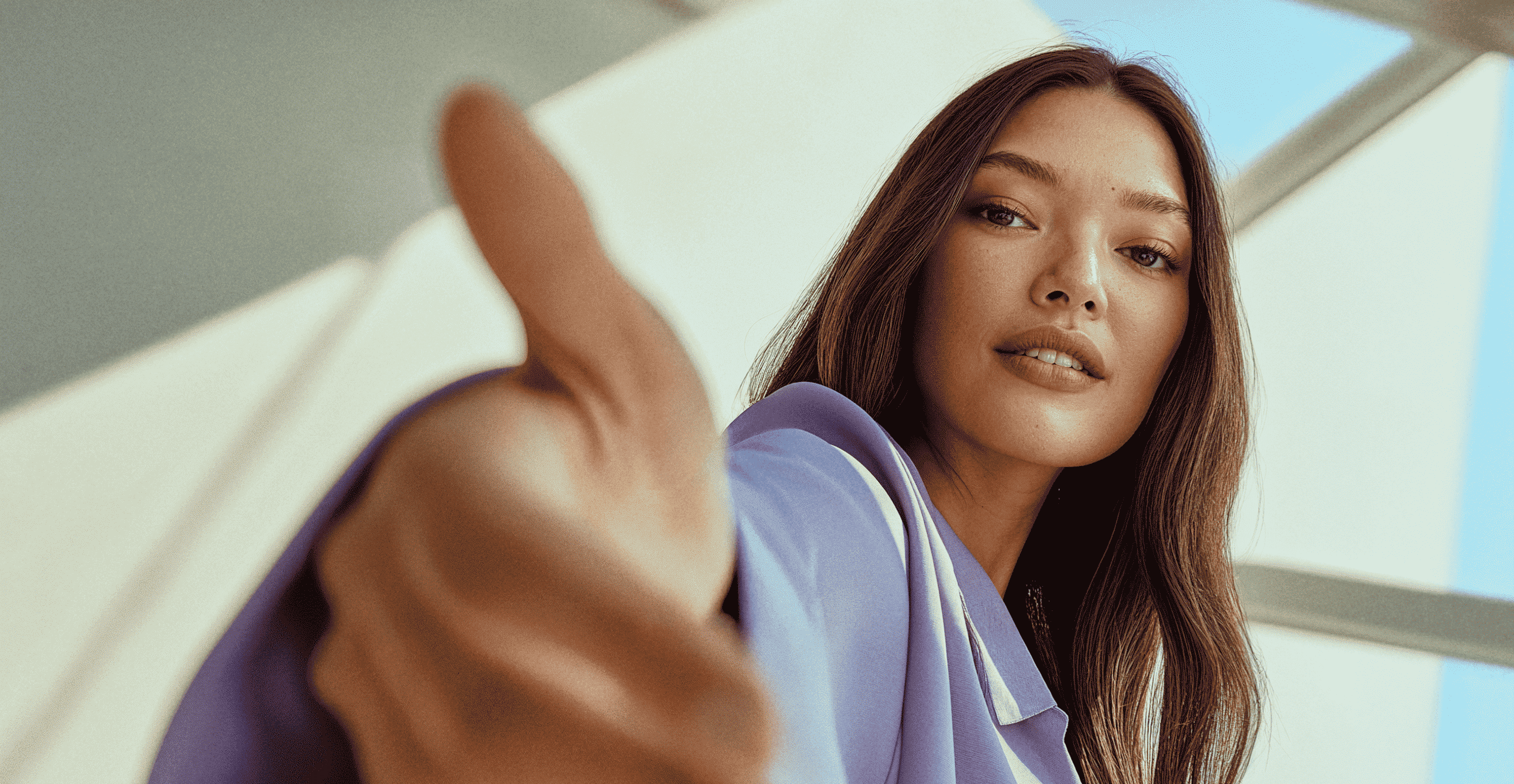
How to find creative partner agencies to boost 2025 strategy
Are your internal creatives battling to keep up as the demand for authentic, trustworthy content grows? For many brands, outsourcing creative makes sound financial sense. Plus, partnering with an experienced creative services team can bring fresh ideas and impressive scalability.80% of customers say that the experience a company provides is just as important as its products or services, meaning that driving great customer experiences is essential in 2025. Once again, creative partnerships pay dividends, as many creative agencies go well beyond KPIs to drive genuine cultural impact and build trust.Unlike traditional agencies, creative partner agencies also typically act as an extension of your team. Work with Superside, for example, and our talented designers will become your creative team’s creative team.
The 15 best SaaS website design examples & services for 2025
First impressions count. With attention spans shrinking, SaaS companies must make a strong initial impact with their services.A website is often the first contact with potential customers, and good design is crucial for converting visitors into leads and enhancing a company's credibility.Website design significantly impacts user experience: 94% of first impressions are design-related, and 38% of users leave a site if it looks unattractive.Eighty-eight percent of those users are unlikely to return after a bad experience. Since 59% of Google users only click on one search result, effective SEO optimization is essential, too.Responsive design can increase conversion rates by 11%, while mobile optimization can boost it by 40%. Overall, effective web design significantly enhances customer experience and can lead to up to 400% improvement in conversion rates.







